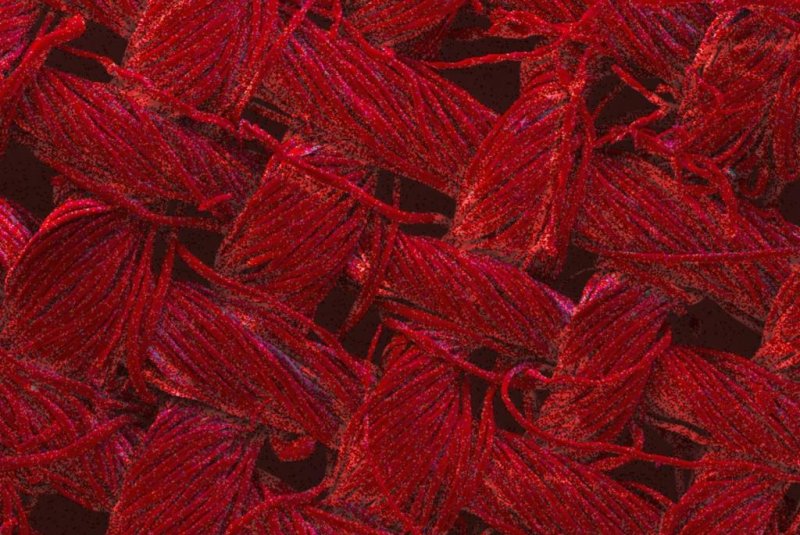MELBOURNE, March 22 (UPI) -- Don't have time to do laundry? Just wear your dirty clothes in the sun.
It sounds like a joke, but new nanotechnology may make the technique a reality in the near future. Researchers in Australia have developed a way to integrate self-cleaning nanotechnology into textiles.















